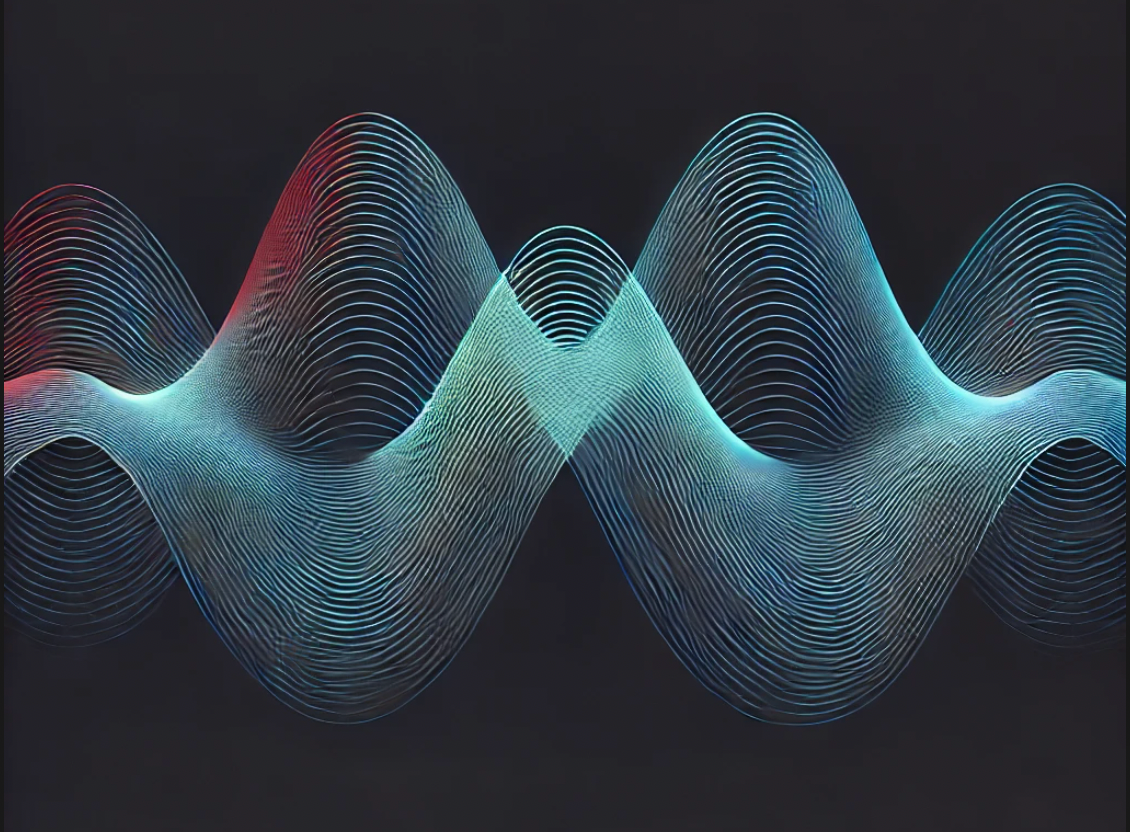Towards Data Science
1M
323

Image Credit: Towards Data Science
Fourier Transform Applications in Literary Analysis
- Data collection for literary analysis involves gathering information on the number of letters, words, syllables, and visual length of each line by parsing the poem and employing specific algorithms in Python.
- Calculating the number of letters in each line involves summing the letter count of each word, while visual length is determined by the total number of characters in the line, assuming a monospace font.
- Determining the syllable count in each word is done by identifying vowel clusters, utilizing a function to count syllables in a word and summing the counts for each line.
- The data collection algorithm compiles all these operations into a single function, offering a linear time complexity and efficient analysis for large datasets.
- Utilizing the discrete Fourier Transform (DFT) in literary analysis requires understanding algorithms like NumPy's fast Fourier transform method and applying it to collected data for frequency analysis.
- The Fourier analysis function processes the data, extracts complex coefficients representing amplitude and phase, and returns the Fourier magnitude spectrum for further analysis.
- By evaluating the signal-to-noise ratio (SNR) of various metrics like word count, letter count, syllable count, and visual length, patterns and periodic structures in poetry can be revealed.
- The SNR analysis unveils relationships between metrics and poem structures, such as rhyme schemes and periodic word patterns, showcasing the potential of mathematical tools in literary exploration.
- Through Fourier analysis, hidden patterns in literary works can be uncovered, providing insights into authors' writing styles and presenting a new approach to analyzing formal qualities in literature.
- This intersection of mathematics, computer science, data analytics, and literature opens up avenues for broader applications such as stylometry, sentiment analysis, and topic modeling in the realm of data science.
Read Full Article
18 Likes
For uninterrupted reading, download the app